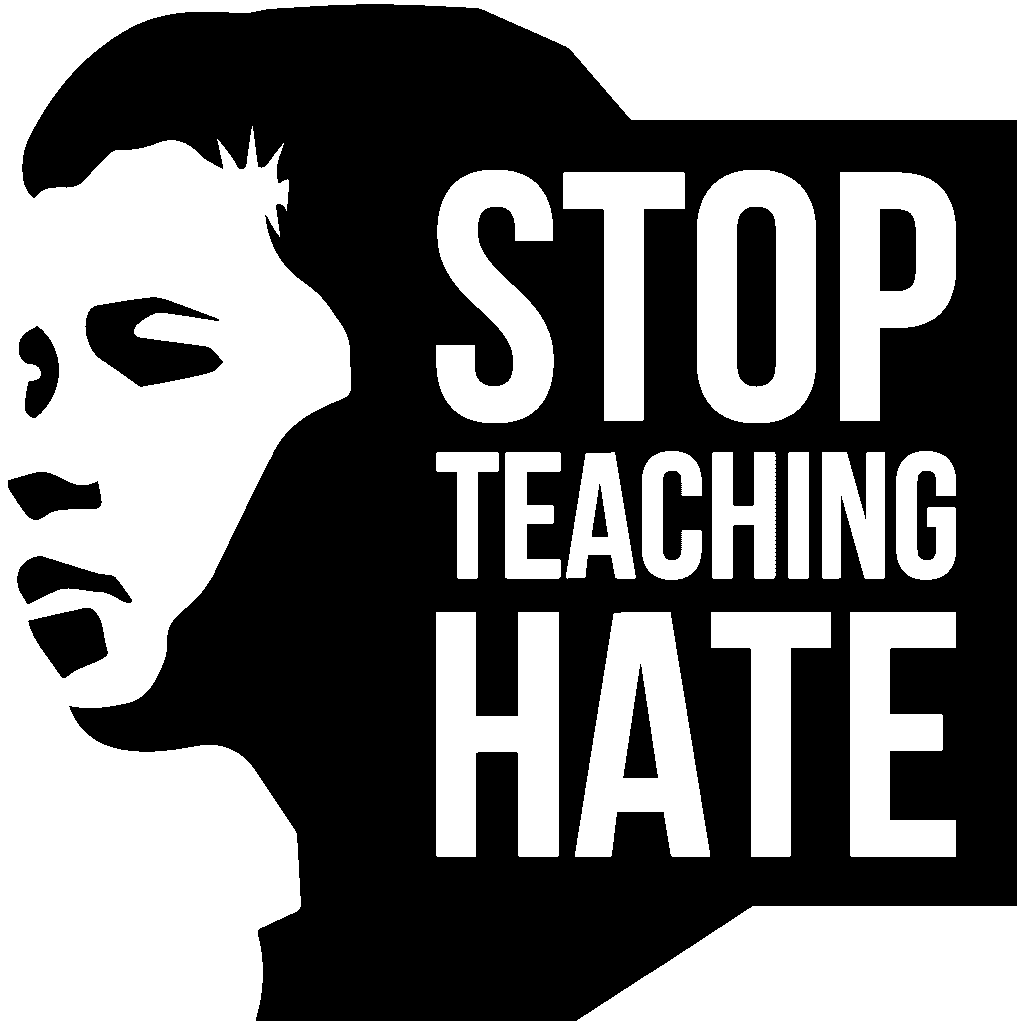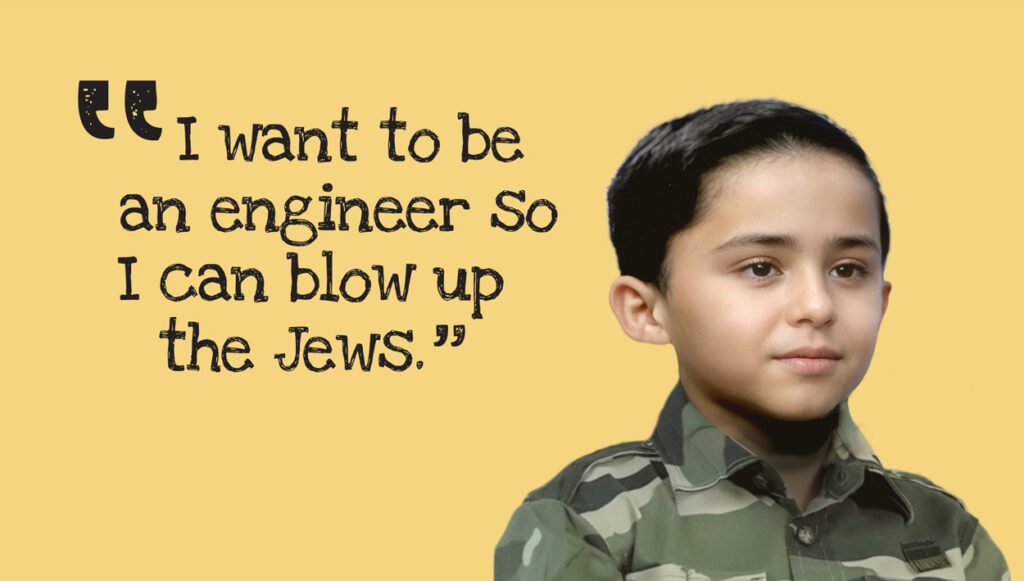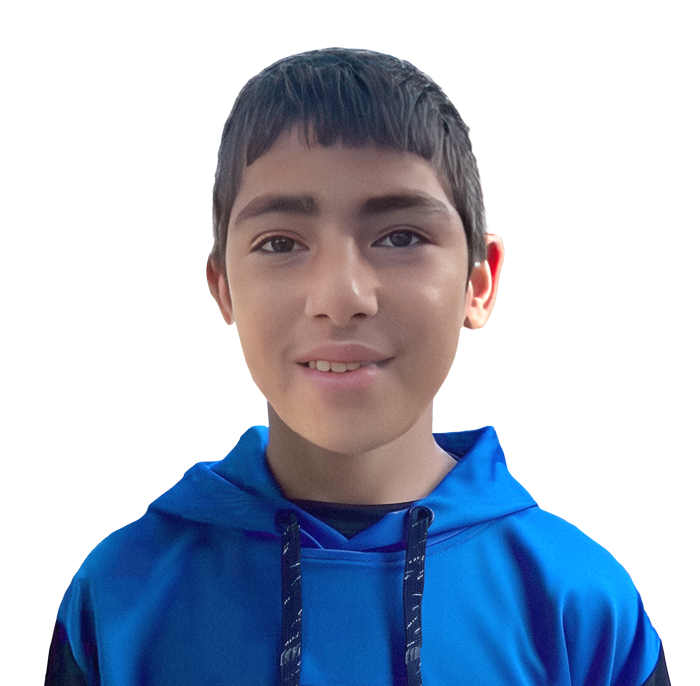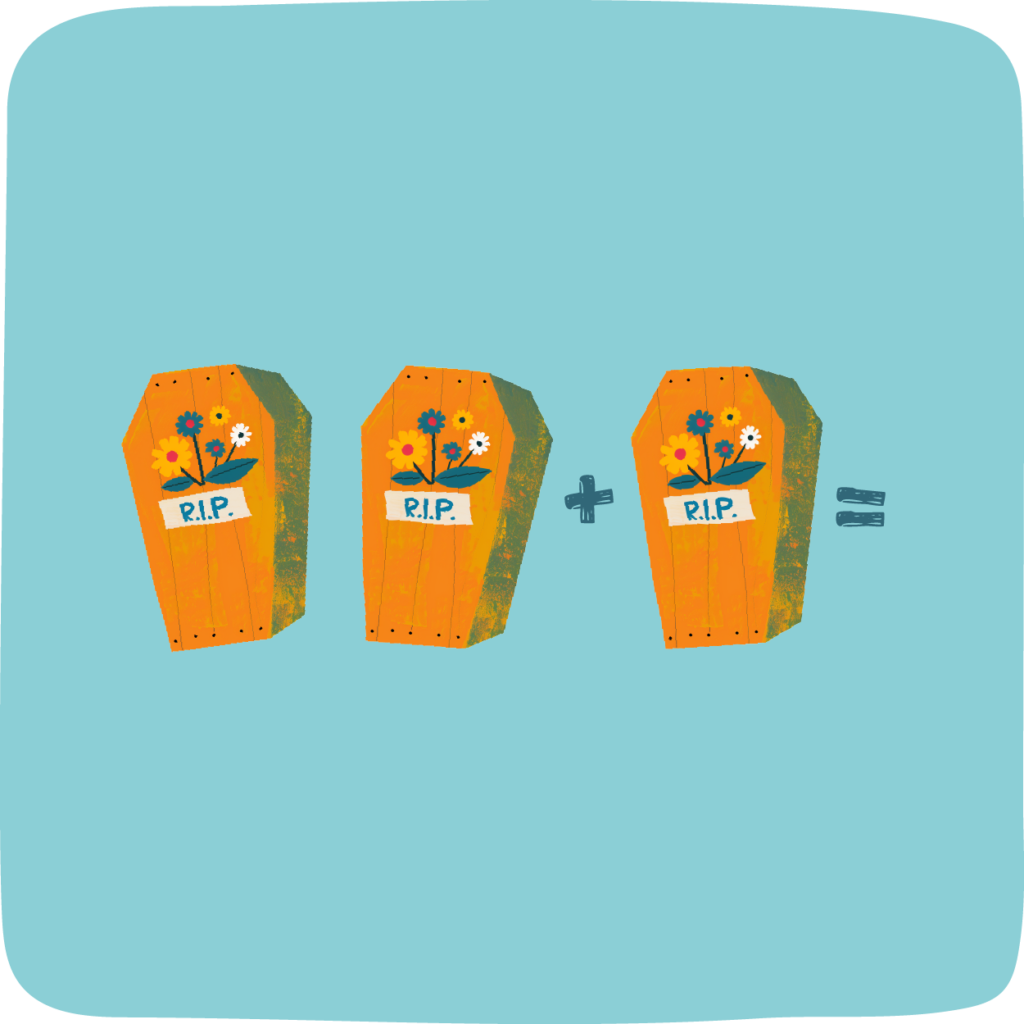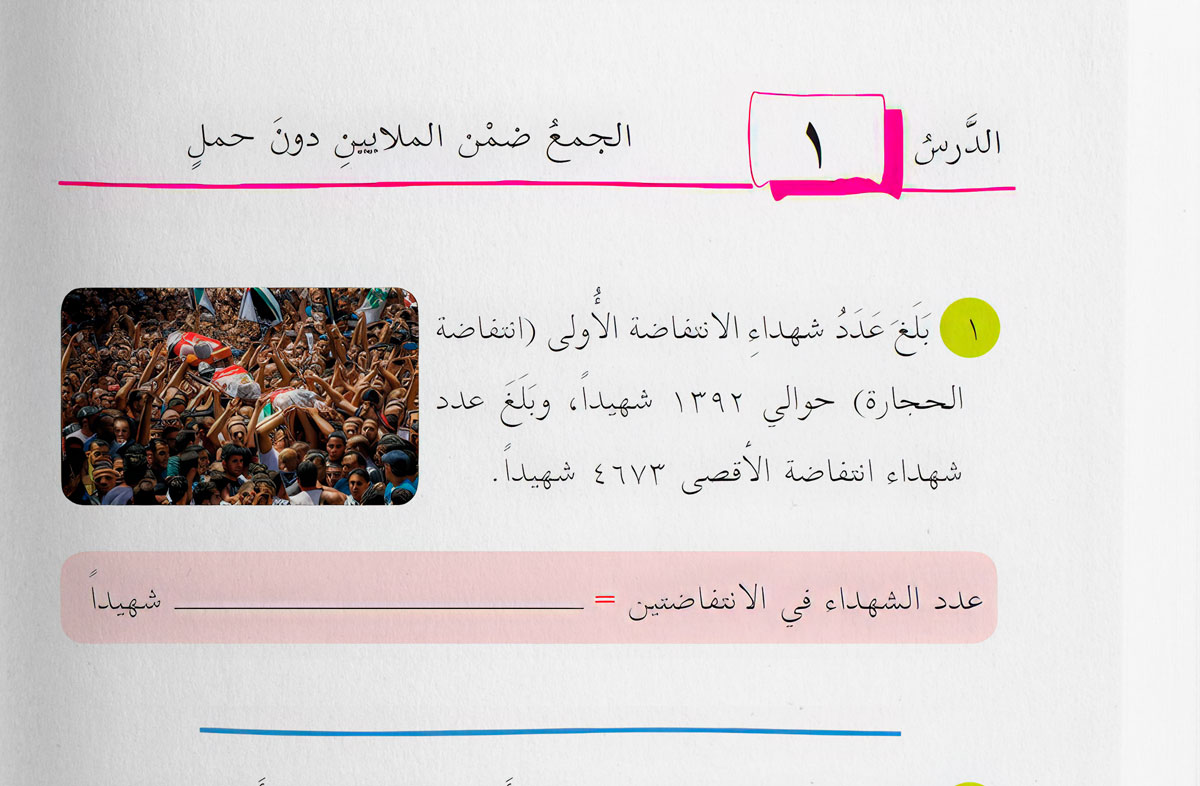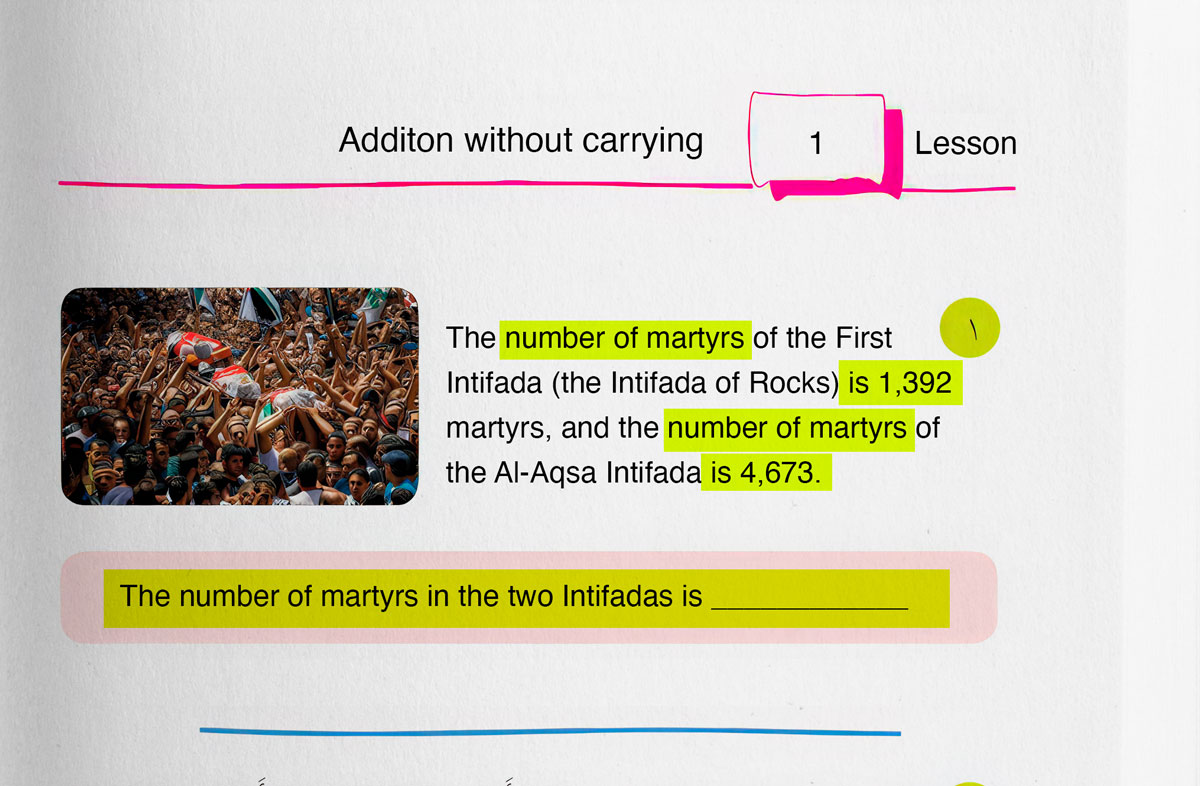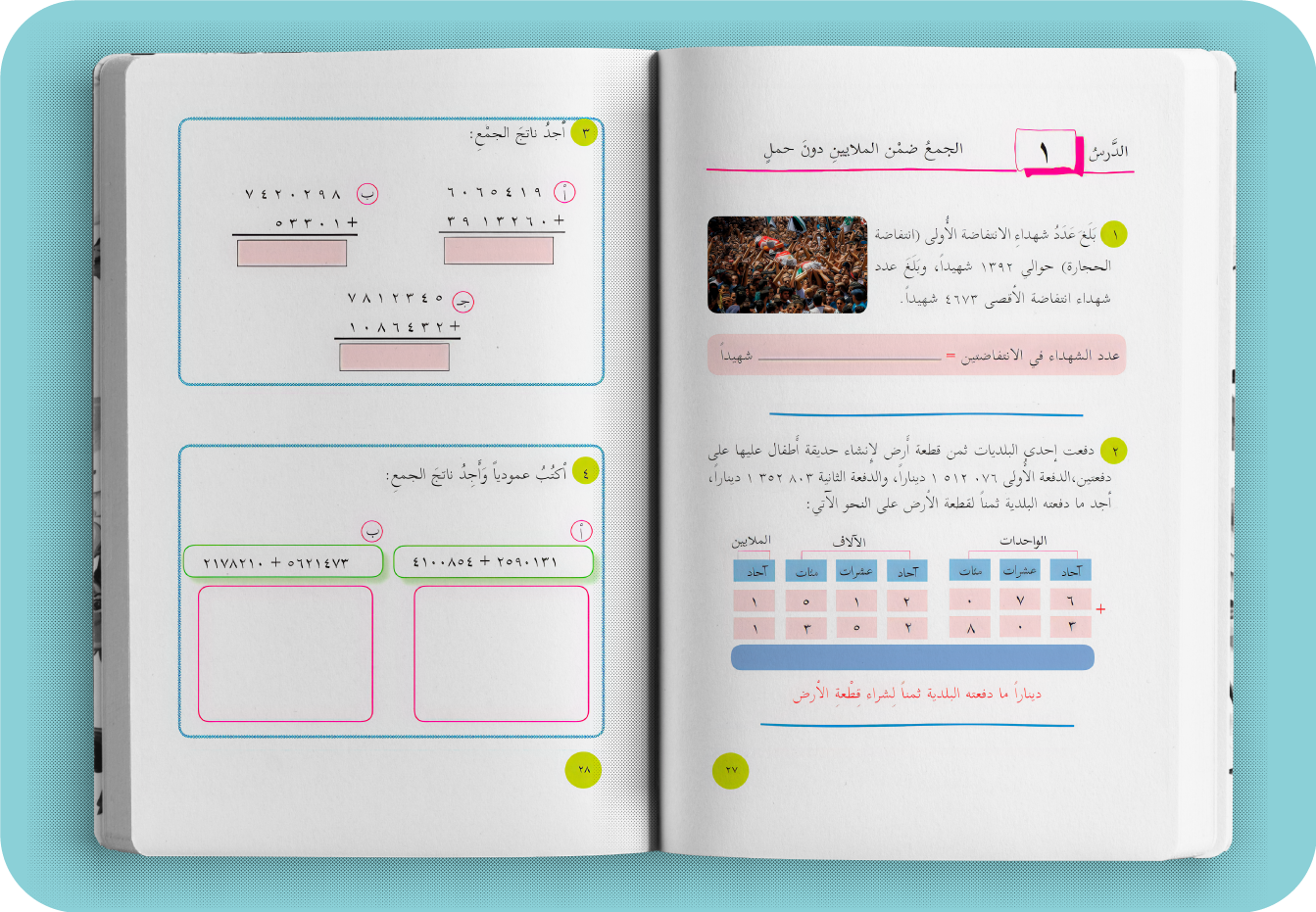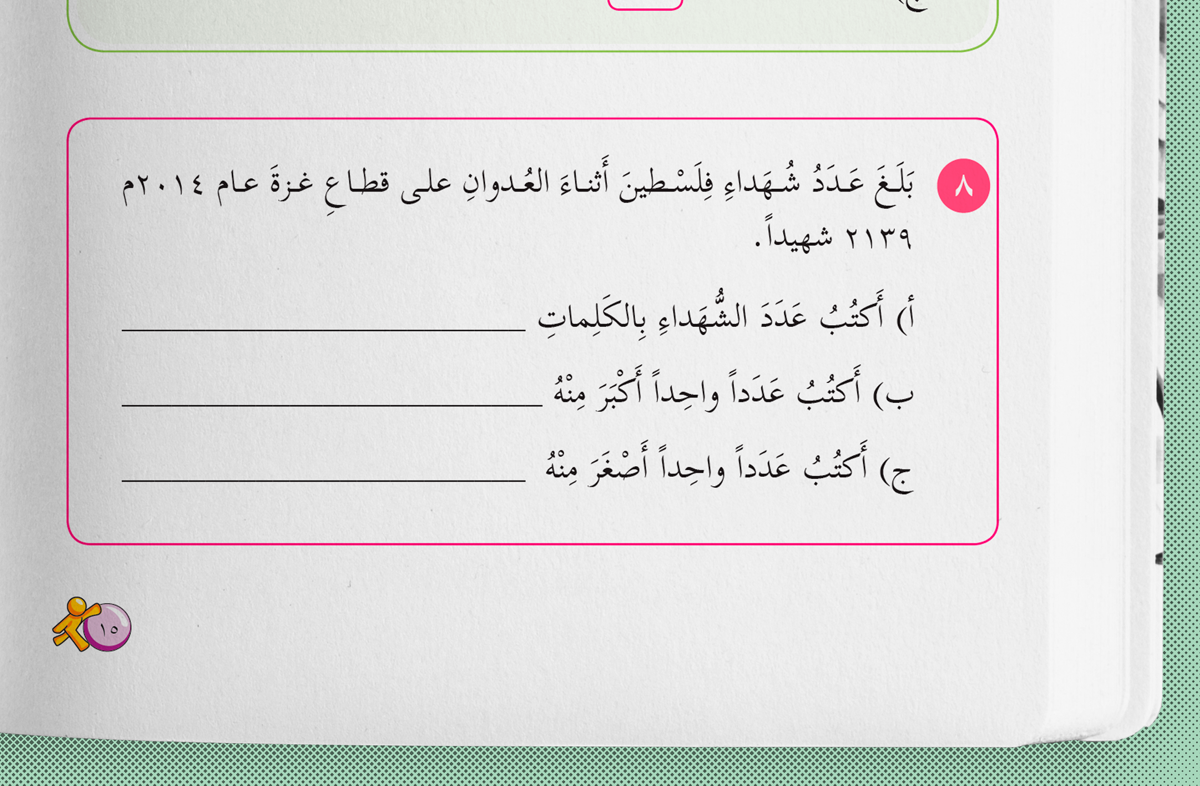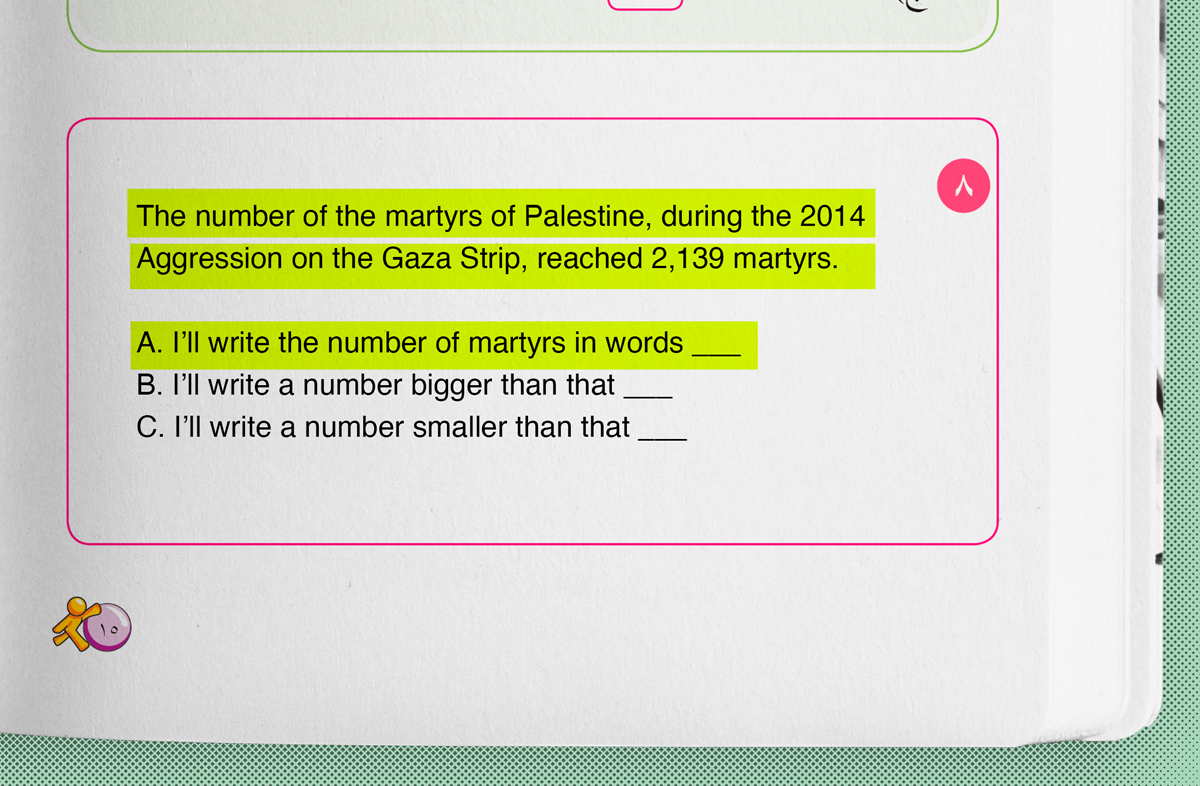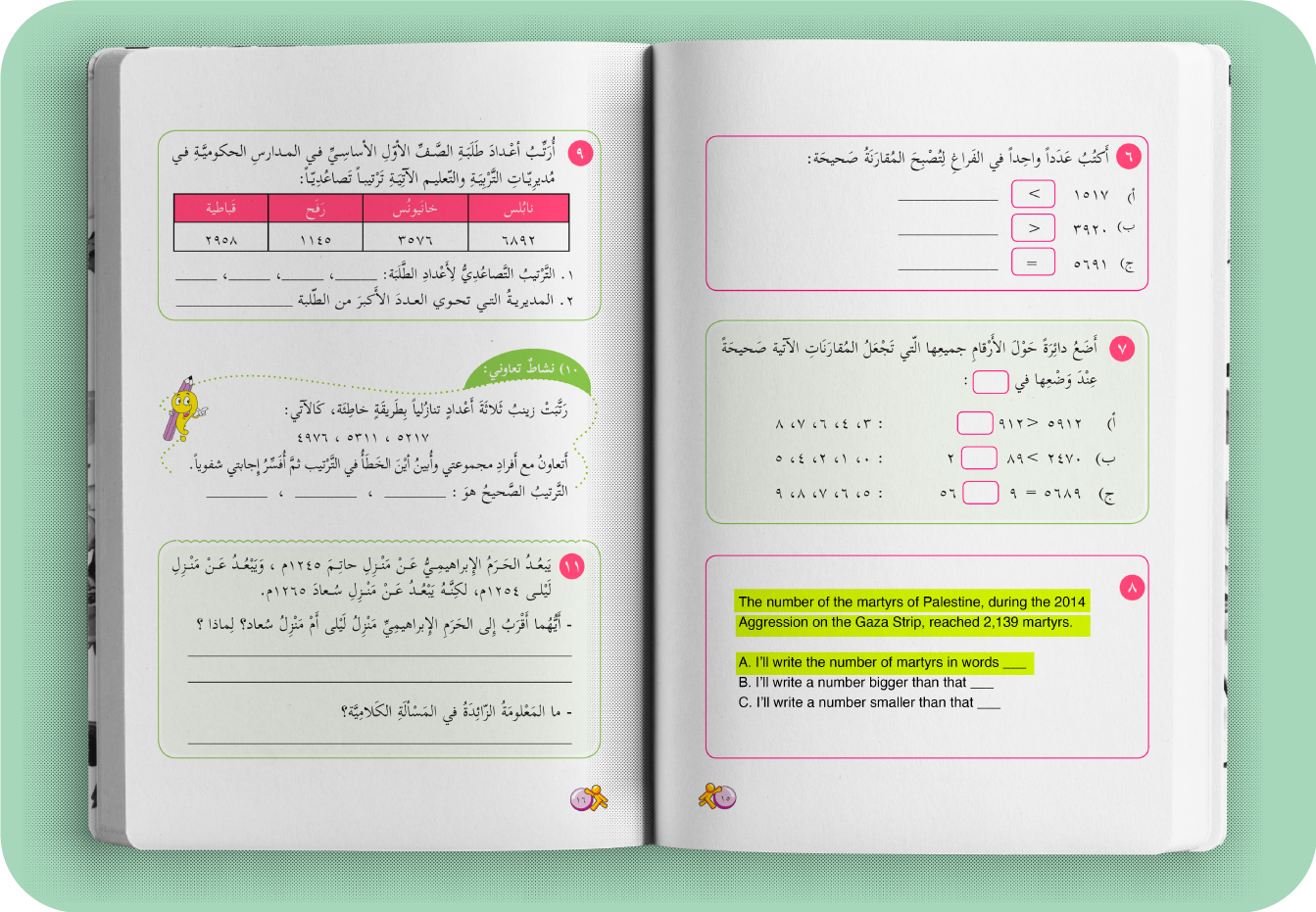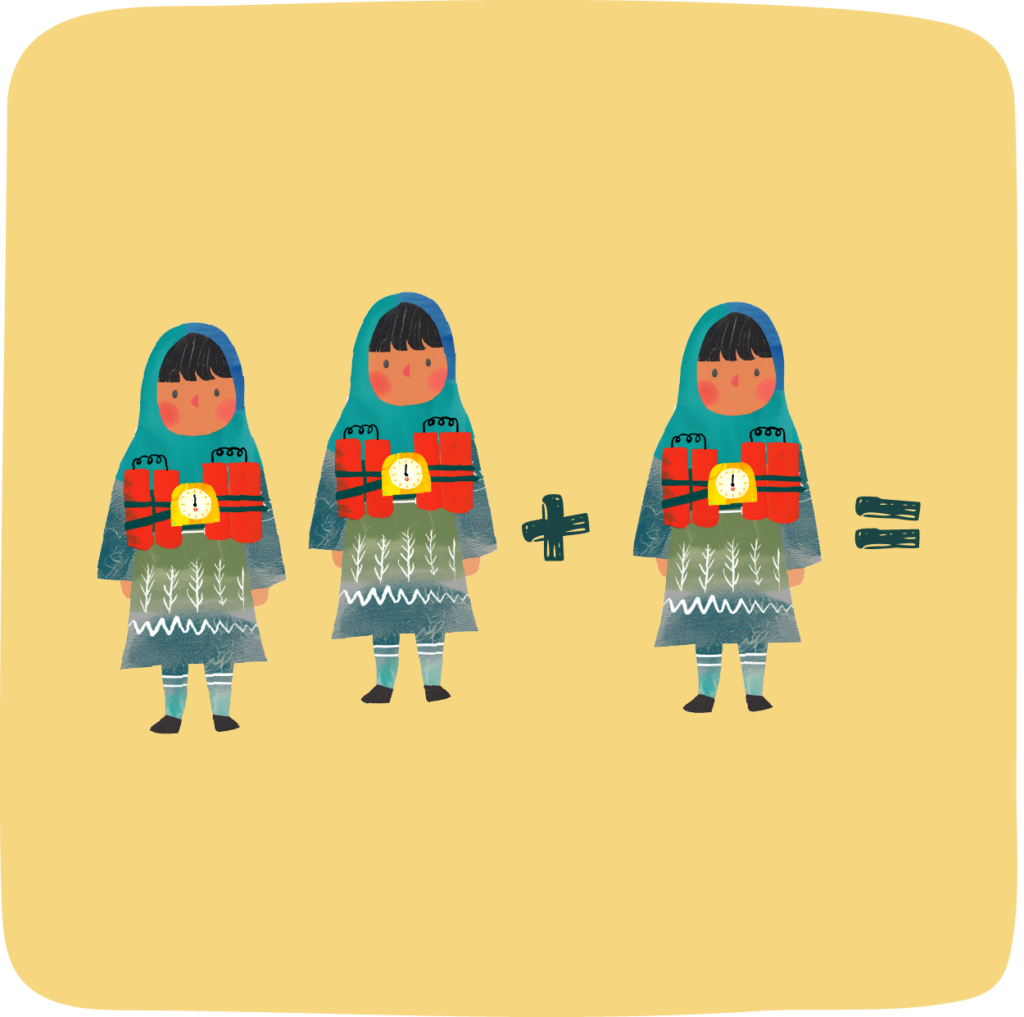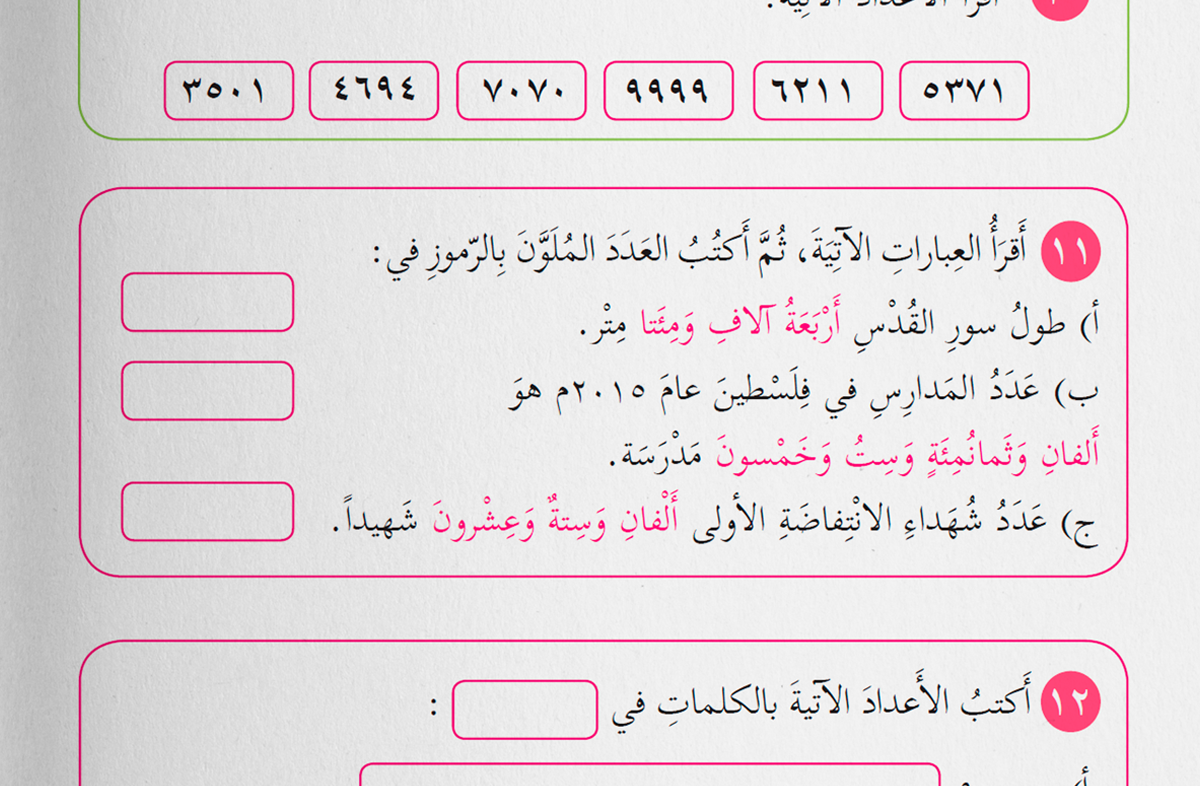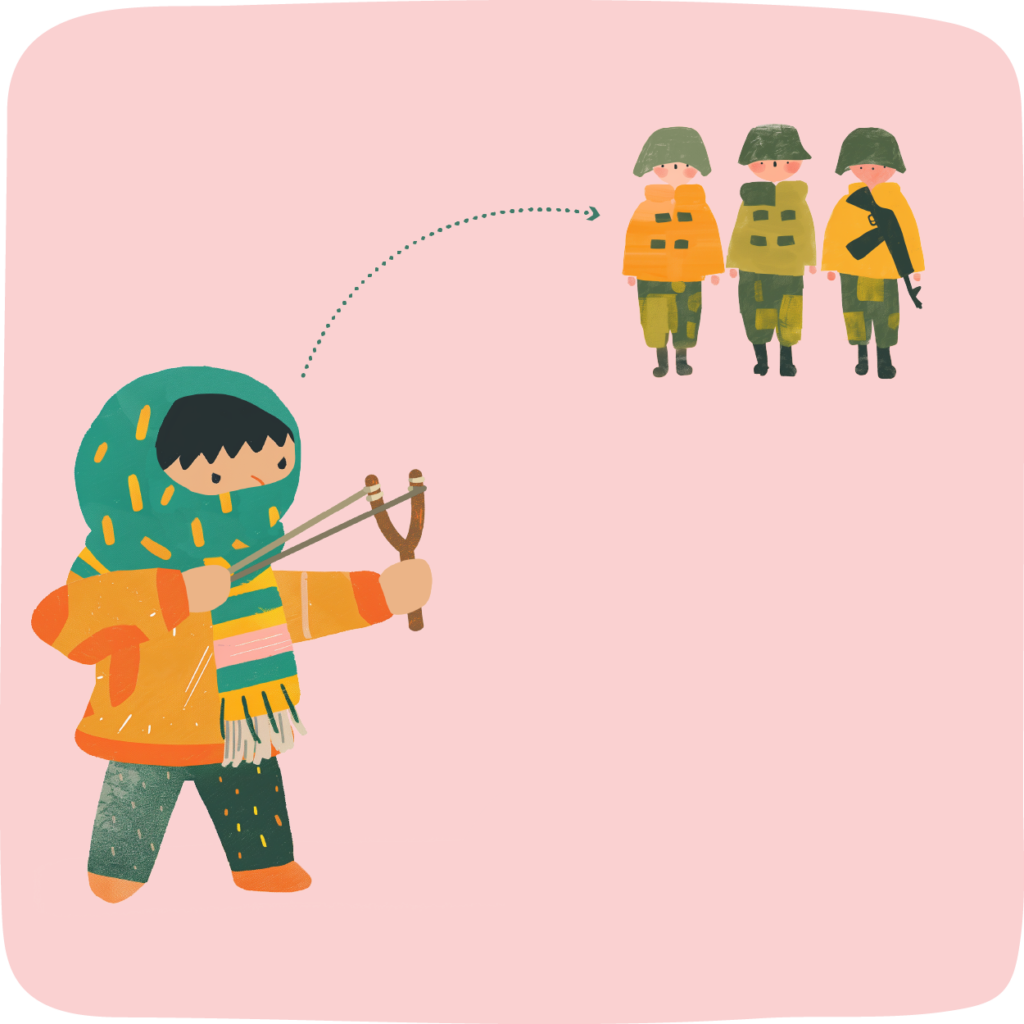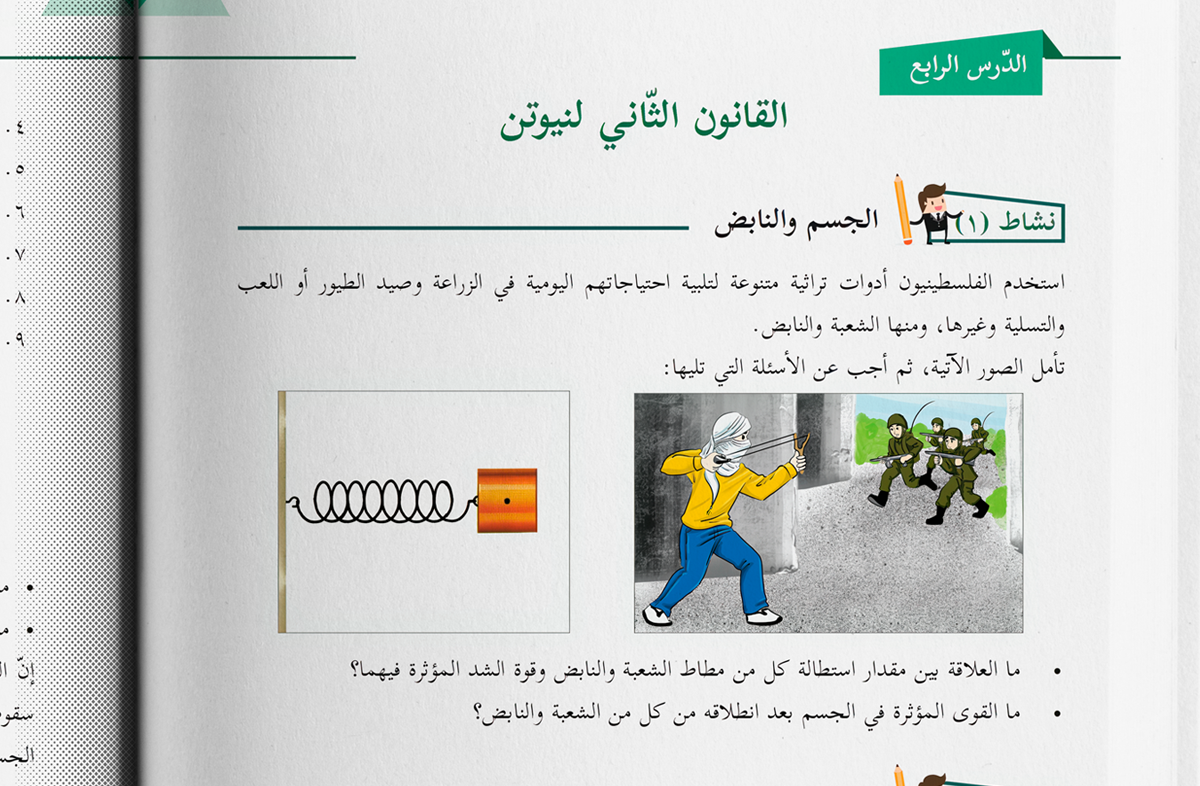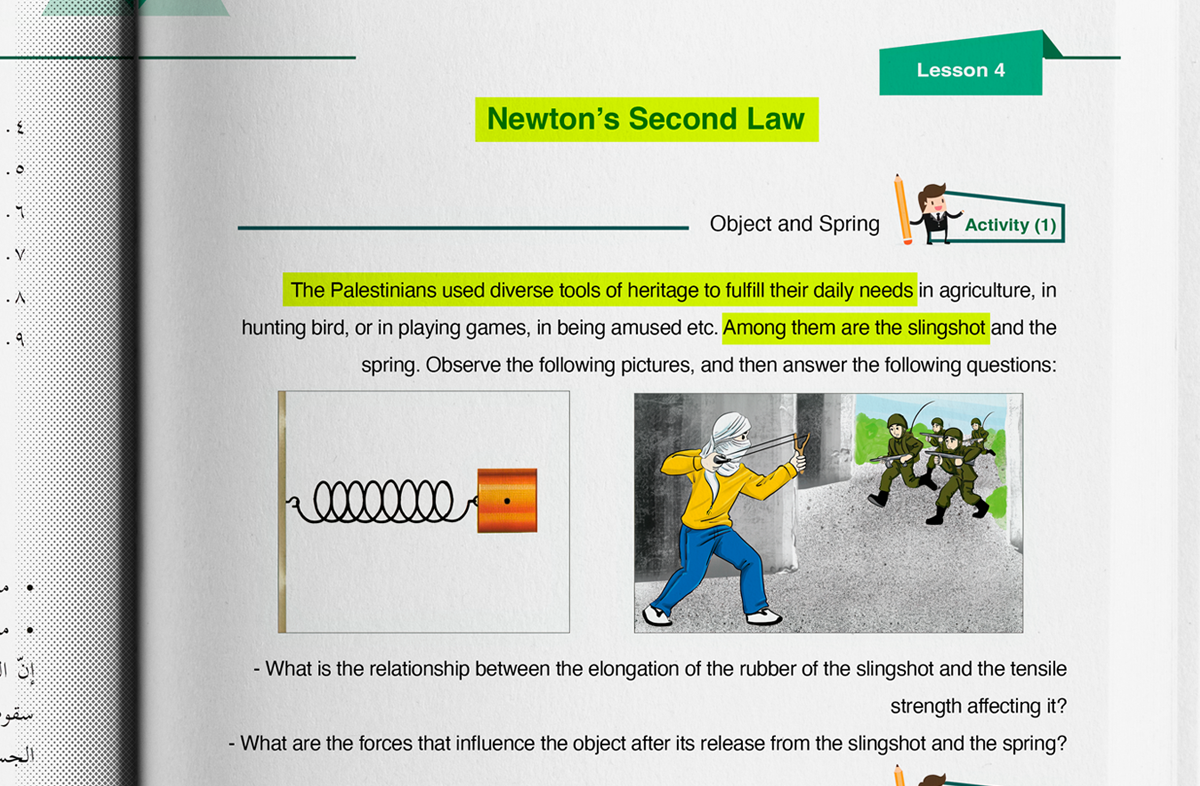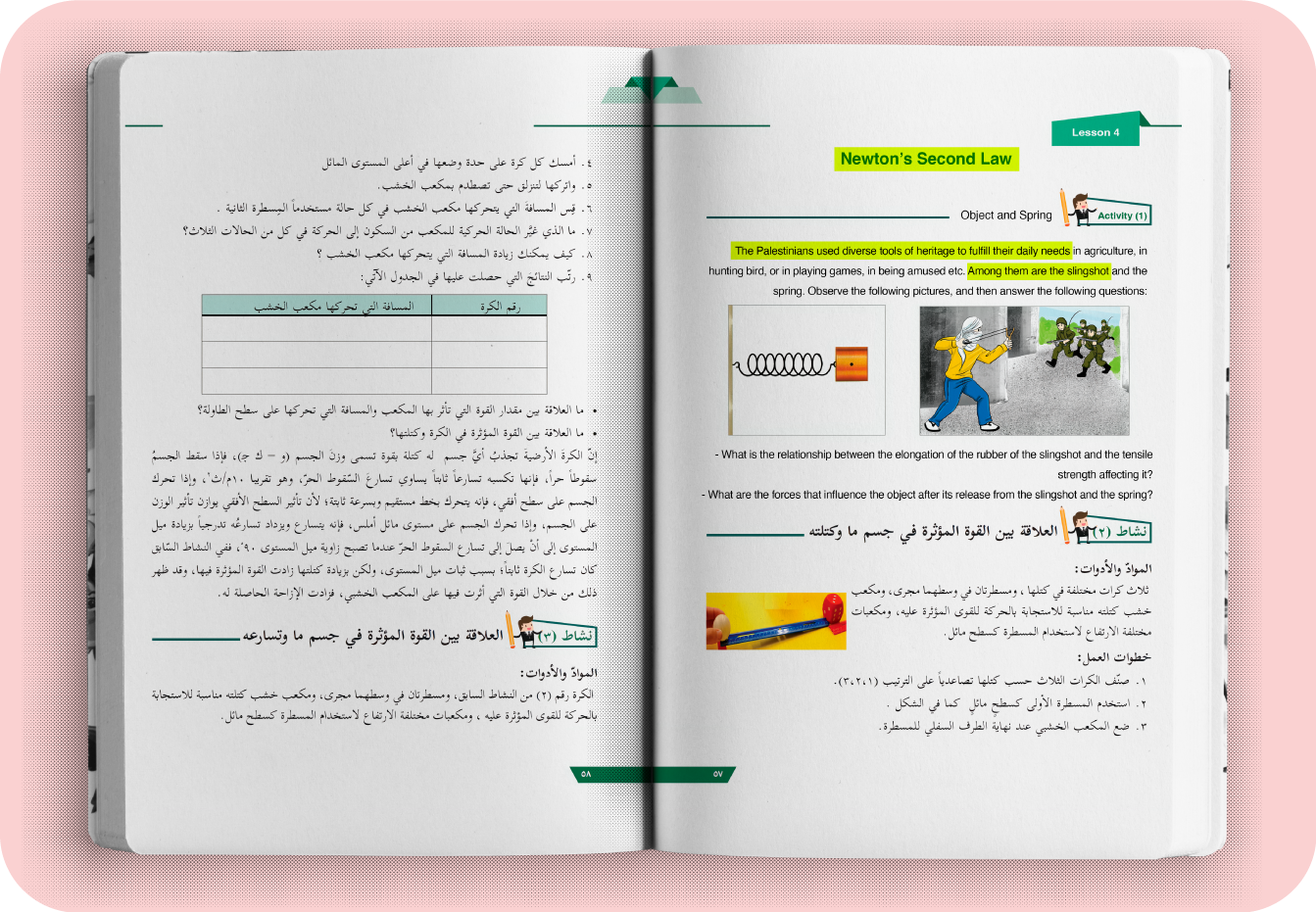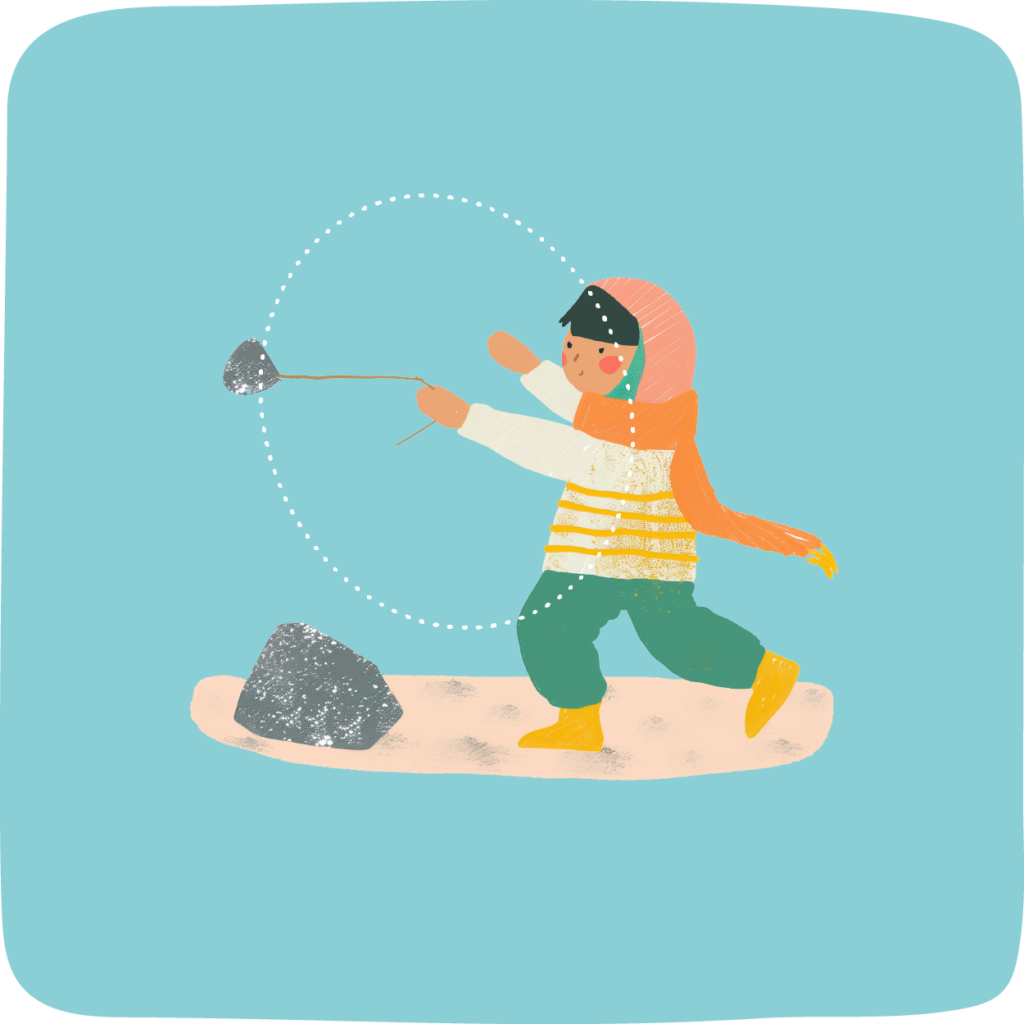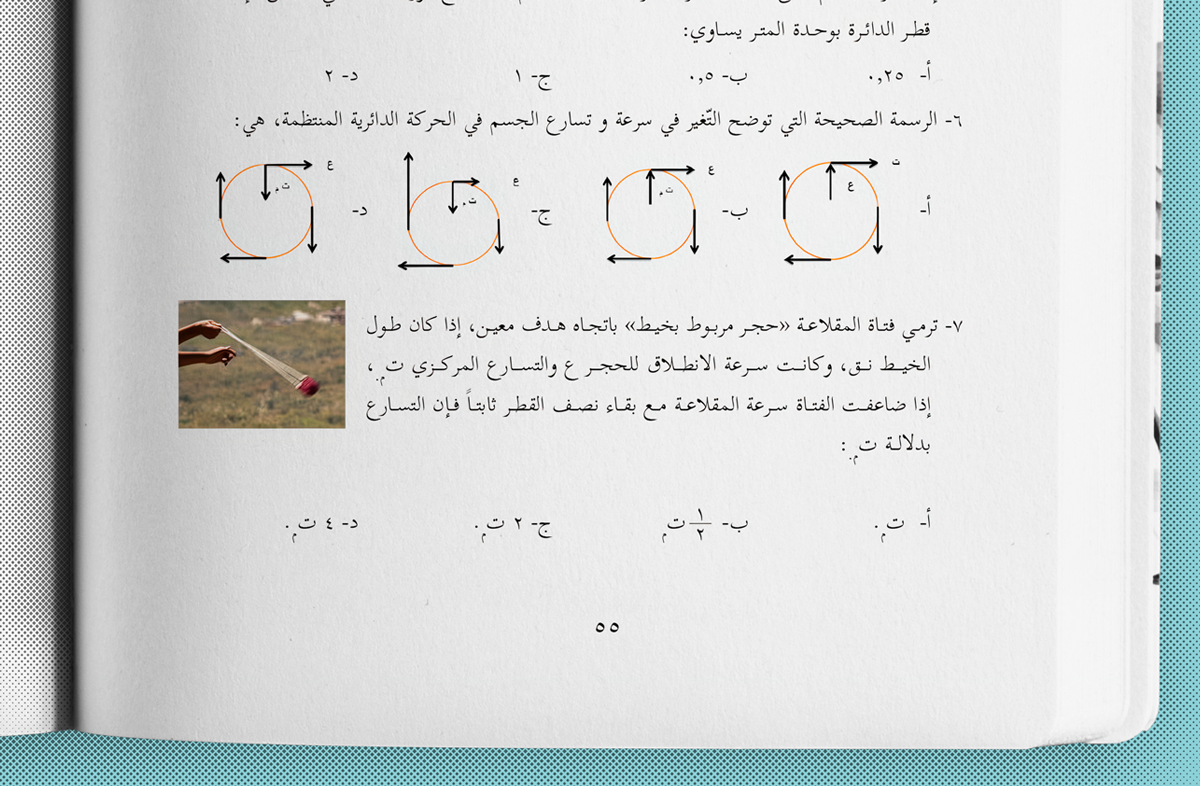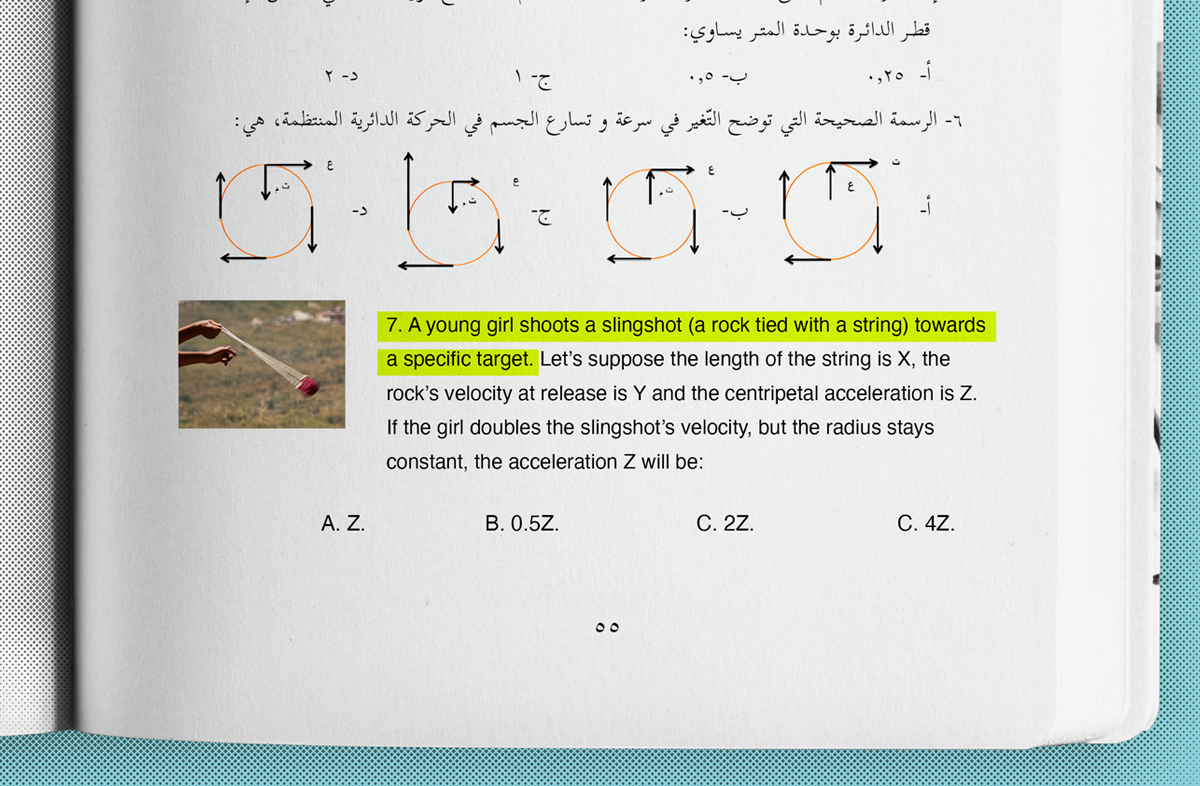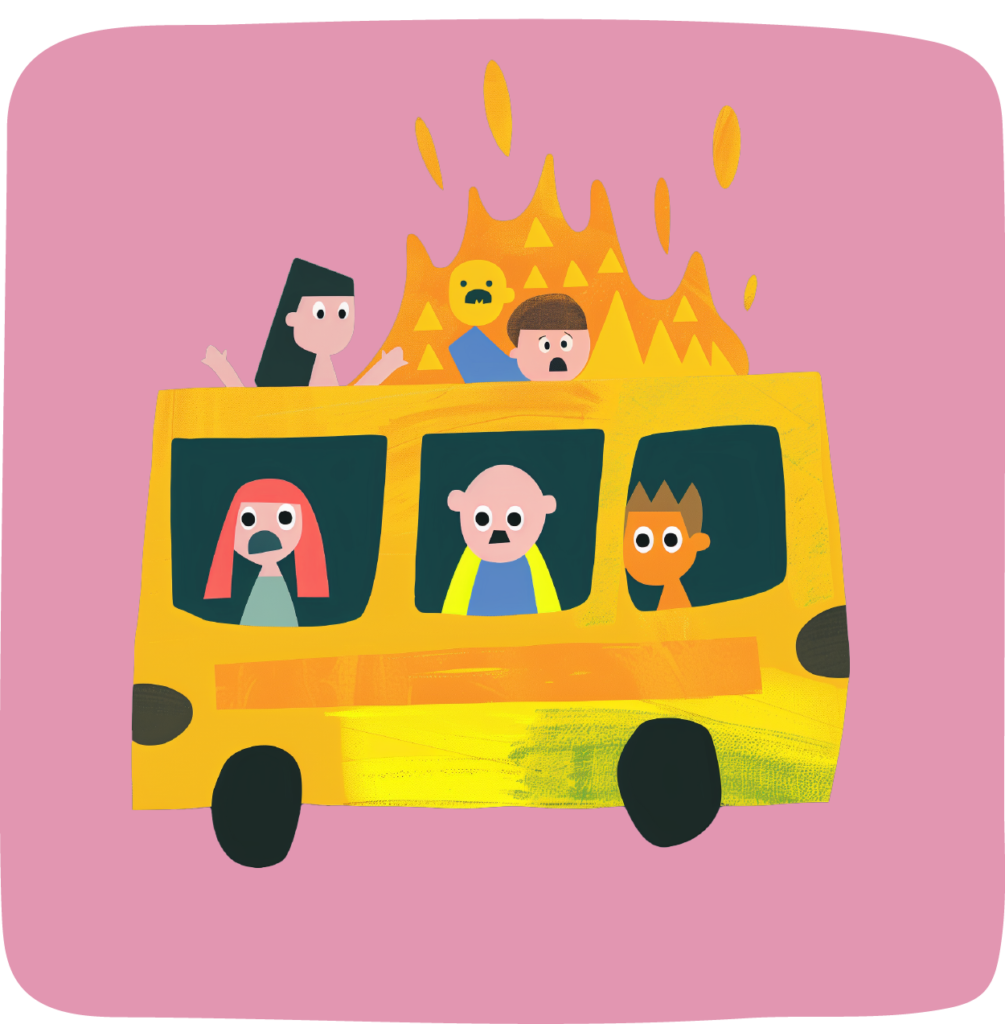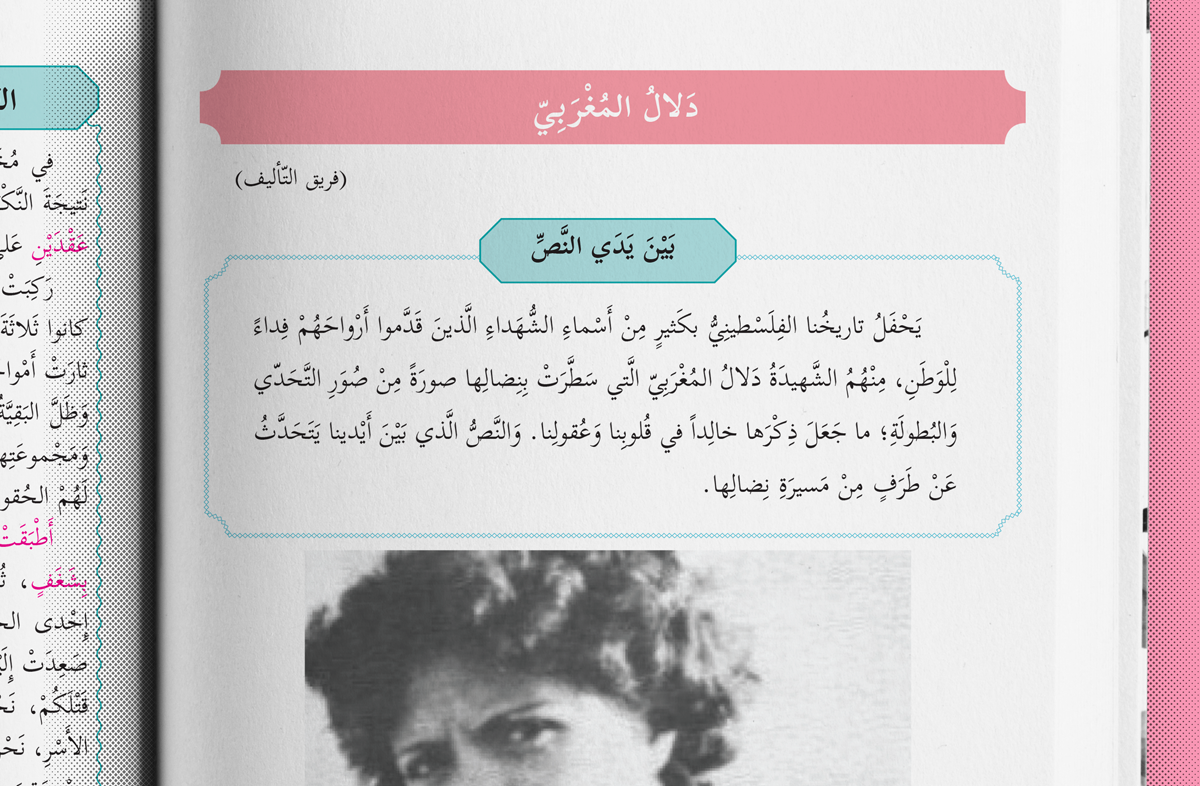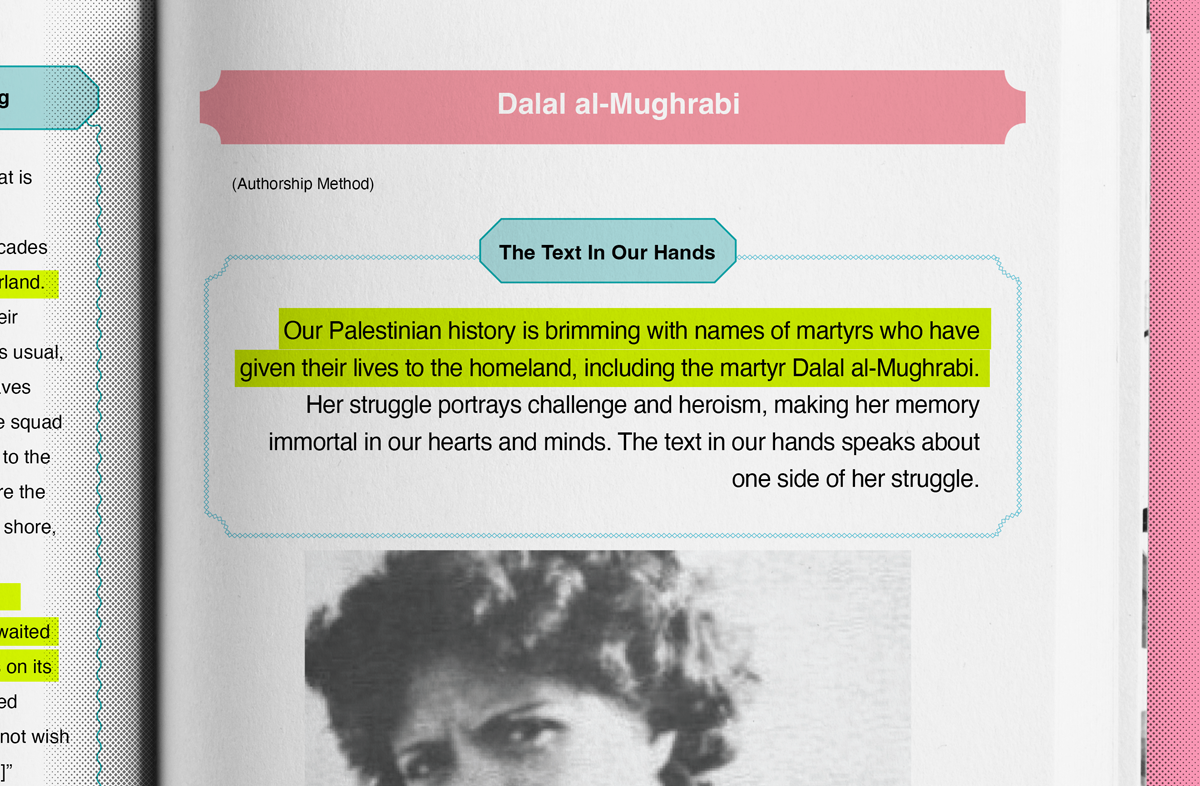About the text Our Palestinian history is brimming with names of martyrs who have given their lives in sacrifice to the Motherland. One of them is the martyr Dalal al-Mughrabi, who drew a portrait of defiance and heroism with her struggle, making her memory immortal in our hearts and minds. The text in our hands speaks about one part of the journey of her struggle.
Reading
In Sabra Refugee Camp, one of Beirut’s refugee camps that is bleeding in pain – as a result of the Nakba – the fighting commander, Dalal al-Mughrabi, was born. Roughly two decades after her birth, she answered the distress call of the Motherland.
Dalal sailed the sea, leading her squad of fedayeen, the Deir Yassin squad. They were thirteen fedayeen fighters, and as usual, the sea was sometimes relaxed, sometimes angry. The waves raged, and their rubber boat flipped over, leaving two of the squad heroes to drown. The rest battled the waves, and clung on to the boat until the lights of the Palestinian coast appeared before the commander and her squad. They snuck their way onto the shore, and the fields and orchards smiled before them.
Dalal closed her hands over a handful of her Motherland’s blood-soaked soil and smelled it with affection. Then, she waited for the right moment. She and her squad intercepted a bus on its way to Haifa, and turned it back towards Jaffa. Dalal climbed aboard with pride, and proclaimed to those inside: “We do not wish to kill you. We came to free our brothers in your prisons […]”
The Occupation forces learned that the bus had arrived in the vicinity of Sayyidna Ali [near Herzliya, Israel]. They dispatched a special military team led by Ehud Barak to attack the bus with bullets and bombs, using airplanes and tanks, and killed all those inside. […] Dalal rose to Heaven as a martyr, along with eight of her companion heroes. Their remains are held in what the Occupation authorities call “numbered cemeteries” until this very day, while two fedayeen fighters escaped.
Dalal brought Deir Yassin some justice back, and watered the land of Palestine with her pure blood, to shine a history of revolution that will not yield.

